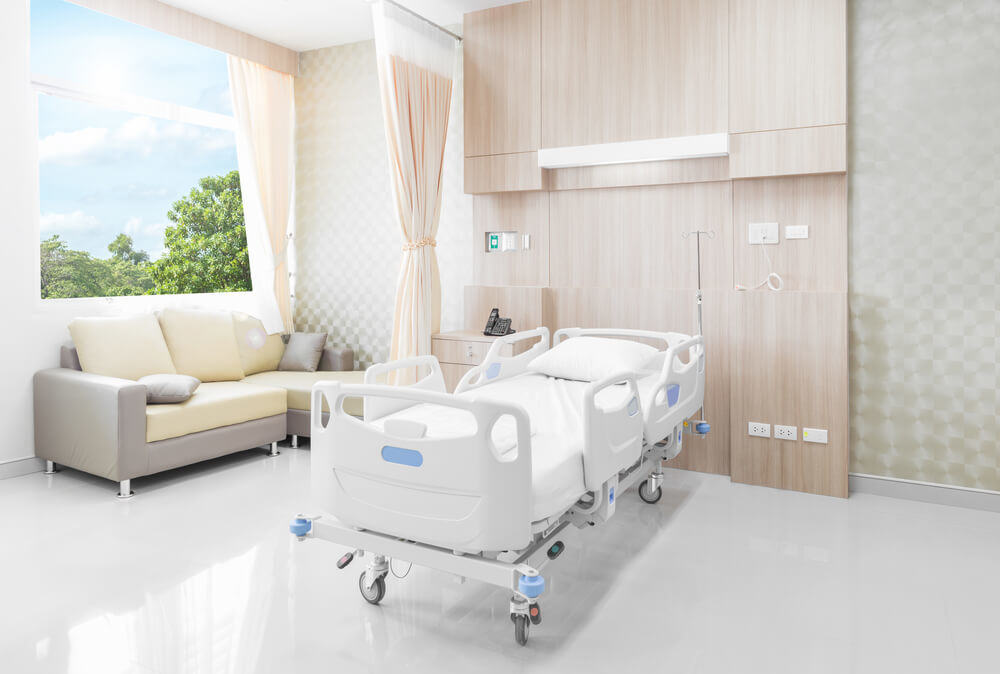Blog
Understanding Evidence-Based Design and 5 Examples of Its Value
 Evidence-based design (EBD) has become one of the fastest growing trends in healthcare development and design. Why? Because it incorporates design techniques that add tremendous value to the outcome of the patients, their experience, the hospital staff, and the hospital administration’s bottom line.
Evidence-based design (EBD) has become one of the fastest growing trends in healthcare development and design. Why? Because it incorporates design techniques that add tremendous value to the outcome of the patients, their experience, the hospital staff, and the hospital administration’s bottom line.
What is Evidence-based Design or EBD?
Evidence-based design or EBD, is a field of study the emphasizes credible evidence in order to influence design decisions. It is a relatively new field, borrowing terminology and ideas from disciplines such as environmental psychology, architecture, neuroscience and behavioral economics.
The process of applying the evidence in order to make design decisions has become popular in healthcare because it improves patient and staff well-being, patient healing, stress reduction and safely. An evidence based design should also result in improvements to the hospital’s outcomes, economic performance, productivity and customer satisfaction.
5 Examples of How EBD Adds Value
1. Enhances Patient Safety – For example, EBD encourages private rooms. Having a private room will reduce infections, minimize stress and improve quality of sleep. It also is a friendlier and more comfortable environment for family. Studies have shown that when friends and family participate in the patient’s care, they get better faster.
2. Reduce Staff/Medical Errors – For example Decentralized nursing stations are promoted through EBD. Having the decentralized nursing stations keeps medication and patient records together in a dedicated spot near the patient’s room. The decentralized stations located near patient rooms can also be customized to the patients specific needs which will reduce the need for transfers from room-to-room.
3. Decreased Need for Medication – For example, natural light and artwork that depicts nature reduces stress and the need for pain medication. A study linked patient’s access to natural light and views or artwork to a reduced medication cost of 21 percent (The center of Health Design). Less medication consumption may indicate that a patient can be discharged sooner which is good for everyone.
4. Reduce Staff Injuries and Turnover – The leading cause of staff injuries comes from lifting and transferring patients. EBD encourages implementation of ceiling lifts. A New York Times report showed the results of one hospital that installed patient lifts and found staff injuries from patient handling were nearly eliminated. The lifts were said to have paid for themselves within two years due to the reduced costs of employee injury compensation claims and lost time at work.
5. Improves Hospital Outcome/Efficiency Through Improved Workflow – EBD creates a space that promotes efficient workflow and quality care. One method EBD achieves efficient workflow was mentioned above – decentralized work stations. Another method is the multipurpose room. the open floor plan of a multipurpose room can serve whatever function that is needed at any given time. Equipment, patients beds, carts and sitting areas can be easily rolled in and out as needed allowing hospitals to maximize their space and further reduce the amount of patient transfers.
Sources:
- The New York Times: Health Outcomes Driving New Hospital Design
- http://www.beckershospitalreview.com/hospital-management-administration/5-ways-evidence-based-design-adds-value-to-hospitals.html
- https://en.wikipedia.org/wiki/Evidence-based_design







